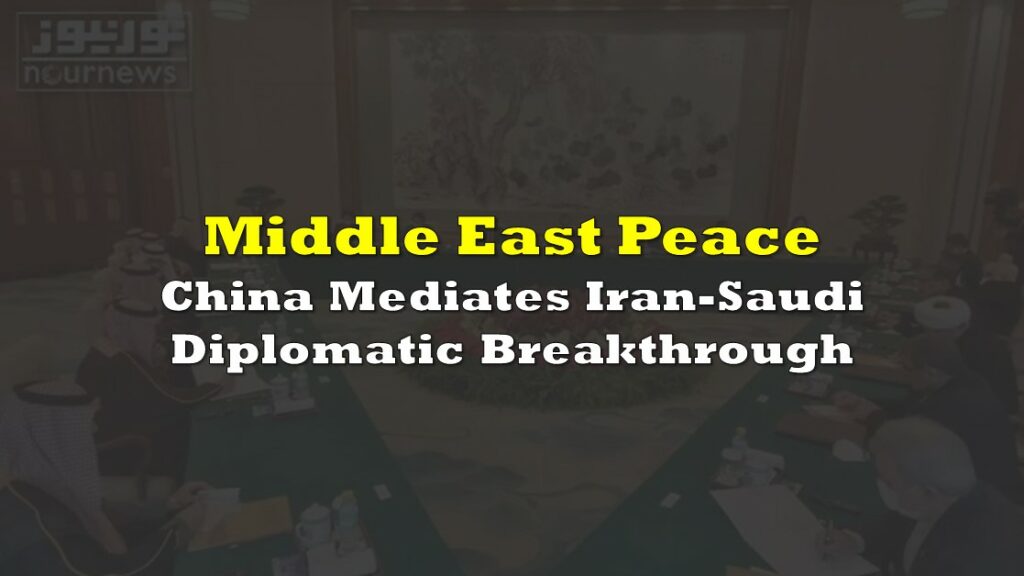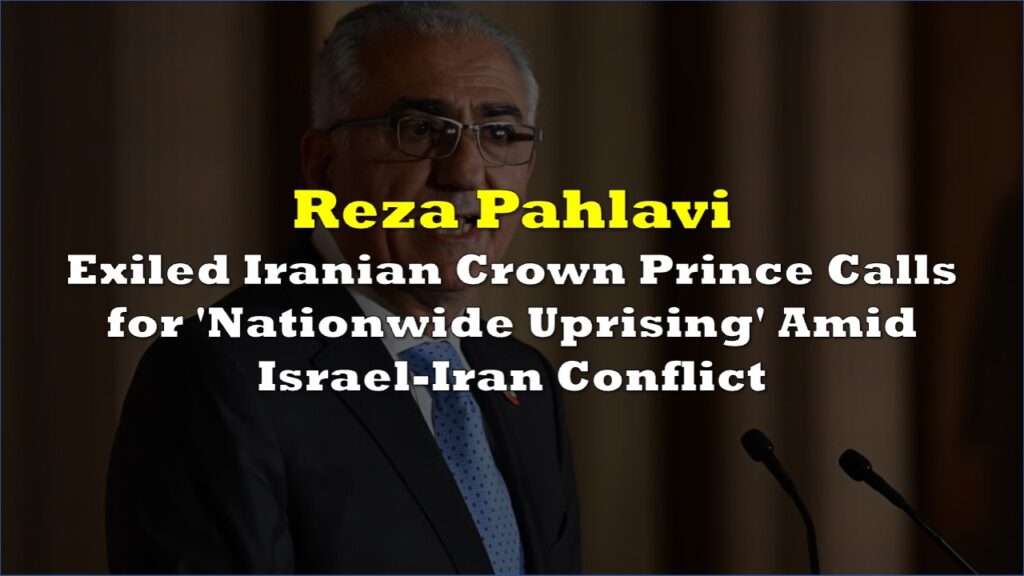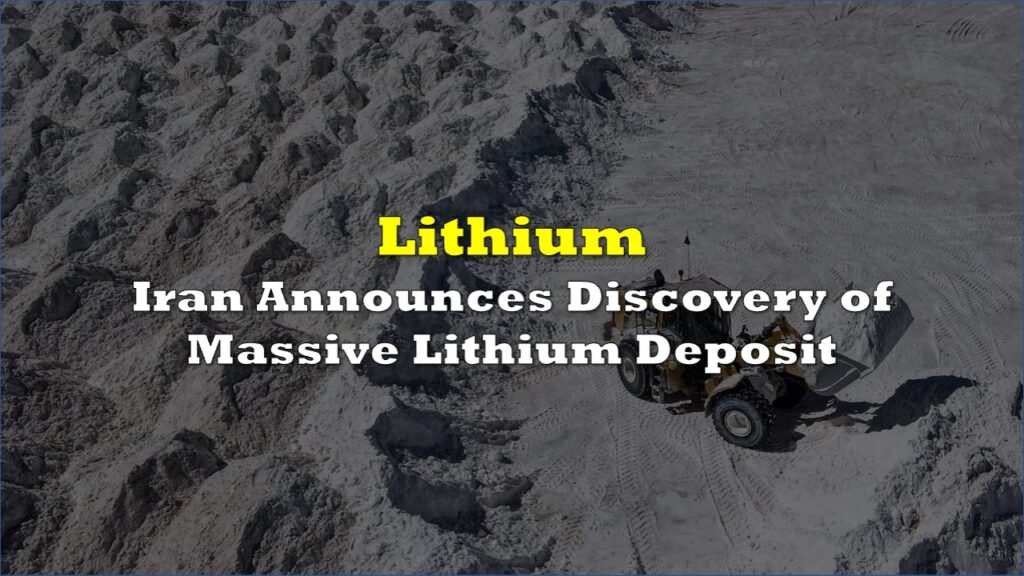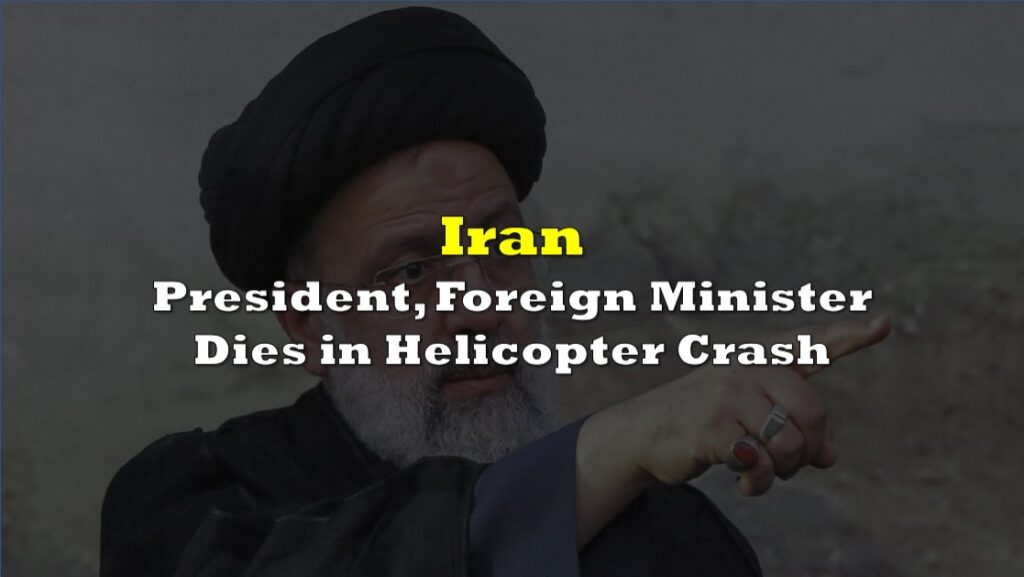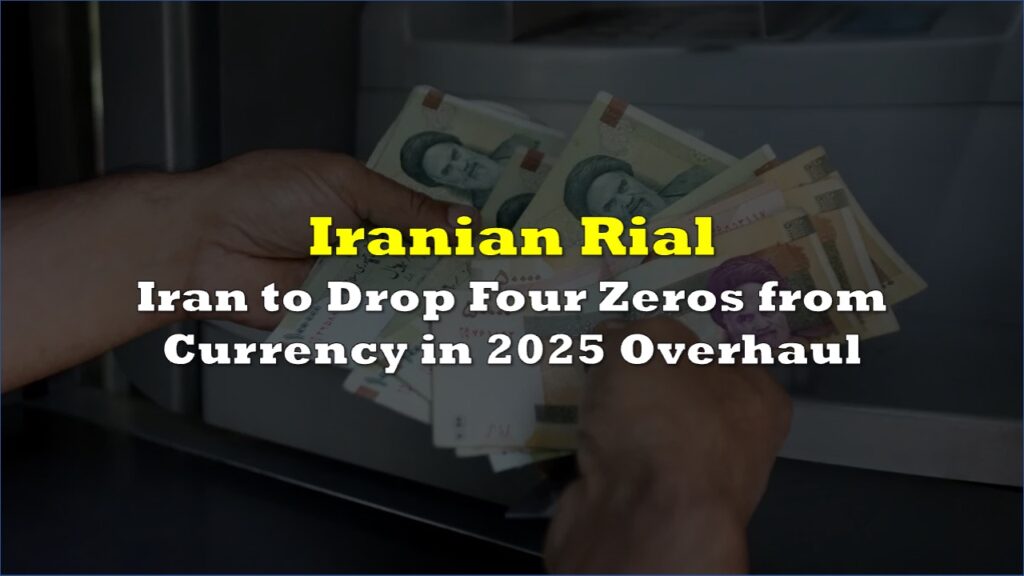In recent weeks, Iran has faced an energy crisis of unprecedented proportions, threatening the country’s economy, infrastructure, and social stability. As the nation grapples with gas shortages, power plant shutdowns, and widespread industrial disruptions, experts warn that this multifaceted crisis could have far-reaching consequences.
Despite possessing some of the world’s largest reserves of natural gas and crude oil, Iran’s energy sector is faltering. The shortage of natural gas has forced the government into a grim choice: divert remaining resources to heat residential homes or sustain electricity production. The regime has prioritized heating, leaving 17 power plants offline and plunging much of the country into darkness.
President Masoud Pezeshkian has described the situation as a convergence of crises, called the situation “catastrophic,” acknowledging the compounded crises of energy shortages, economic mismanagement, and geopolitical pressures.
The energy shortfall has triggered cascading shutdowns across the nation. According to reports, 17 electricity plants have been shut down, while government offices, schools, universities, supermarkets, and police stations have all closed their doors. Factories have ground to a halt, and food and medical production facilities are no longer operational.
“We are facing very dire imbalances in gas, electricity, energy, water, money and environment,” Pezeshkian admitted in a televised address. “All of them are at a level that could turn into a crisis.”
The country of Iran has shut down. @nytimes reporting a gas shortage is so severe that the government had to choose between using its dwindling gas supply to run the country's power plants or heat people's homes. It chose the latter, which means the country is not producing… https://t.co/2zaU53p7j9
— Ashley Rindsberg (@AshleyRindsberg) December 22, 2024
Causes of the Crisis
Iran’s Chamber of Commerce confirmed that the gas deficit amounts to 350 million cubic meters per day. This shortfall has left the government with no choice but to ration gas aggressively. Officials warned industries to brace for prolonged power cuts, leading to an economic tailspin.
The energy crisis has been decades in the making, driven by a combination of sanctions, mismanagement, corruption, and aging infrastructure. Iran has struggled to modernize its energy sector due to international sanctions that have deterred foreign investment and restricted access to advanced technologies.
Mismanagement within Iran’s energy sector has exacerbated the problem. Cheap energy prices have encouraged overconsumption, while corruption has siphoned off critical resources. The Iranian Revolutionary Guard Corps (IRGC), which controls significant portions of the energy industry, faces growing criticism for its role in the misallocation of resources.
Adding to the pressure, Israeli operations have reportedly targeted Iran’s energy infrastructure, including attacks on gas pipelines. In February, two key pipelines were destroyed, forcing Iran to deplete emergency reserves earlier this year.
Economic Impact
The economic fallout has been severe. The Iranian rial has plummeted to historic lows, and industries reliant on energy—such as steel, glass, and pharmaceuticals—are facing catastrophic losses.
Mehdi Bostanchi, head of Iran’s Coordination Council of Industries, estimated a 30–50% reduction in manufacturing output due to this week’s power outages.
“Naturally, the damages from the widespread and abrupt power outage will be extremely serious for industries,” Bostanchi said in an interview. Smaller factories, lacking the financial reserves to weather such disruptions, have been hit the hardest.
In Isfahan, Soheil, a 37-year-old engineer at a household appliance factory, reported that the crisis has already forced layoffs and downsizing. “The power cuts would force the factory to lay off workers and downsize because power cuts had already led to higher production costs,” he explained.
For ordinary Iranians, the crisis has brought daily life to a standstill. Schools have moved online, businesses have shuttered, and essential services are intermittently unavailable. Saeed Tavakoli, head of the state gas company, revealed that gas to 73,000 homes deemed “non-essential” was cut off to conserve supplies.
“The power outage has severely affected daily life and work,” said Sephideh, a 32-year-old teacher in Tehran. “When the power goes out, the water is also cut off, and the boilers are turned off, and, as a result, all the heating devices are out of order.”
Nader, a Tehran dentist, described abandoning patient procedures mid-treatment due to sudden outages. These disruptions are breeding frustration and discontent among citizens already weary of economic hardship and government inefficiency.
Nation Falling Apart At The Seams
Iran’s energy crisis comes amid significant geopolitical setbacks. Regionally, Iran’s influence has diminished following the collapse of the Assad government in Syria and the loss of its “Axis of Resistance.” Militarily, Israel’s October airstrikes reportedly destroyed Iran’s air defense systems, further undermining the country’s security apparatus.
Meanwhile, U.S. President-elect Donald Trump has signaled a return to his administration’s “Maximum Pressure” policy, which could further tighten sanctions.
Domestically, the IRGC’s role in the energy sector has come under scrutiny. Once a symbol of the regime’s strength, the IRGC is now seen by many as a liability, with its legitimacy eroding amid allegations of corruption and inefficiency.
“All across the chain, you basically see challenges where Iran is not able to produce as much electricity as it needs, and at the same time, it is not able to reduce its consumption,” said Esfandyar Batmanghelidj, CEO of the London-based Bourse & Bazaar Foundation.
With no immediate solution in sight, the Iranian government is resorting to public appeals for conservation. Videos broadcast on state media show government offices operating without lights and officials urging citizens to lower their thermostats. However, such measures are unlikely to address the deeper structural issues plaguing the country’s energy sector.
Information for this story was found via The New York Times and the sources mentioned. The author has no securities or affiliations related to the organizations discussed. Not a recommendation to buy or sell. Always do additional research and consult a professional before purchasing a security. The author holds no licenses.





